Motorola Razr Plus (2024) vs Razr (2024): Less of a difference compared to last year
We may earn a commission if you make a purchase from the links on this page.

Intro
Ready to flip out over Motorola's latest foldable duo? The 2024 Razr Plus and Razr are here to redefine what's possible in a pocket-sized powerhouse.
This year, the gap between the premium Plus that starts at $999 and the more affordable regular Razr starting at $699 has narrowed significantly. Both models boast large cover displays that make it almost impossible to tell them apart at first glance. So, what sets them apart?
While the regular Razr offers a tantalizingly affordable price point, the Razr Plus packs a punch with a top-tier chipset, a more advanced camera system, and faster charging speeds. However, the regular Razr might surprise you with its extended battery life.
With both phones vying for the title of best foldable phone on the market, let's dive deeper into the details and see which one is the perfect fit for you.
With both phones vying for the title of best foldable phone on the market, let's dive deeper into the details and see which one is the perfect fit for you.
Motorola Razr Plus (2024) vs Motorola Razr (2024) differences:
| Motorola Razr Plus (2024) | Motorola Razr (2024) |
|---|---|
| Larger cover display measuring at 4" | Cover display is 3.6" |
| Significantly more powerful Snapdragon 8s Gen 3 chipset | The mid-range Mediatek Dimensity 7300X (4 nm) with less horsepower |
| 68W wired charging | 30W wired charging |
| Maximum storage is 512GB | Maximum storage is 256GB |
| 50MP 2X telephoto cameara | 13MP ultra-wide camera |
| Higher base memory of 12GB and faster UFS 4.0 storage | Base memory is 8GB and comes with much slower and less efficient UFS 2.2 storage |
Table of Contents:
Also read:
- Galaxy Z Flip 6 vs Motorola Razr Plus (2024)
- Motorola Razr Plus (2024) vs Razr Plus (2023)
- Motorola Razr (2024)
- Motorola Razr Plus (2025) vs Razr Plus (2024) Preview
Design and Size
Razr Plus has a bigger cover display
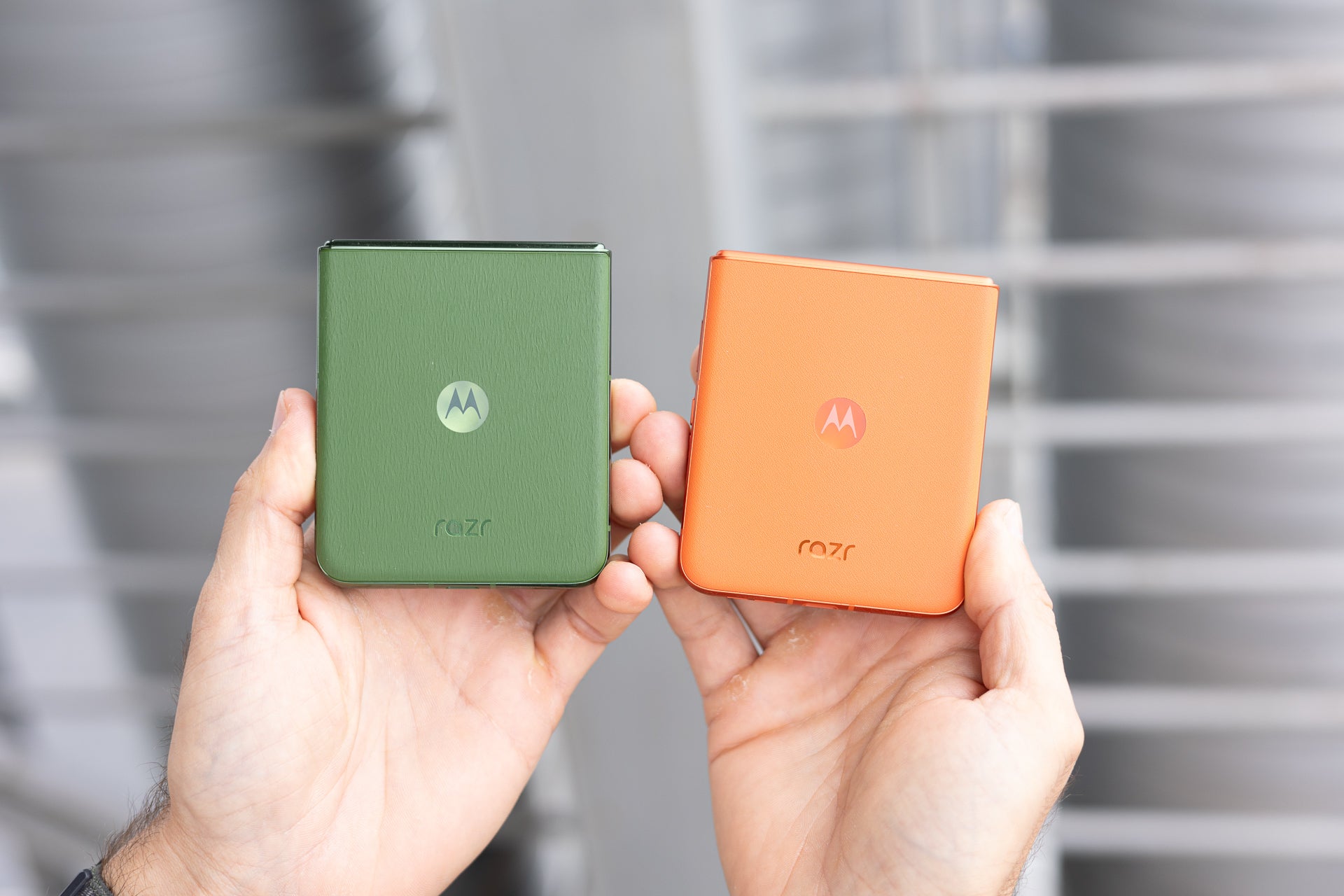
While the Plus has a larger cover display, this year the standard Razr has one that covers most of the upper half of the back panel too. (Image credit PhoneArena)
The main visible difference between the Razr Plus (2024) and the regular Razr (2024) is in the cover display size. The Pus model has a much larger 4" cover screen vs. the 3.6" on the more affordable version.
Materials-wise, we are looking at a stainless steel hinge, aluminum frame, plastic front, and a glass back for both Razr Plus models in 2024. Even the new IPX8 water resistance rating is shared by the two.
The two phones have mostly similar dimensions to each other, so you don't have to pick one based on size and weight. That said, the regular Razr is somewhat thicker at 0.63in (15.9mm) vs. the 0.60in (15.3mm) of the Razr Plus.

The Razr Plus and regular Motorola Razr feel similar in the hand. (Image credit PhoneArena)
Razr Plus (2024) colors:
- Peach Fuzz
- Midnight Blue
- Spring Green
- Hot Pink
Razr (2024) colors:
- Beach Sand
- Koala Grey
- Spritz Orange
Both phones come with a case and charger inside the box, as well as a USB-C charging cable. You also get a color-matching lanyard as an extra accessory to help you carry the phone.
Display Differences

Great foldable displays on both models, although the crease is a little less visible on the Plus. (Image credit PhoneArena)
Besides the fact that the cover display is significantly larger on the Razr Plus (2024), it is also with a higher 165Hz refresh rate (vs. 90Hz), and brighter at 2400 nits peak brightness (vs. 1700 nits).
The main displays on both phones are 6.9 inches, but the one on the Plus model goes up to 165Hz while the regular model up to 120Hz. The Razr (2024) also supports only HDR10+ content, whereas the Razr Plus (2024) supports Dolby Vision on top of that.
For all intents and purposes though, you won't notice any differences in the image quality that either phone produces from its main display.
Performance and Software
Performance is the main differentiating factor
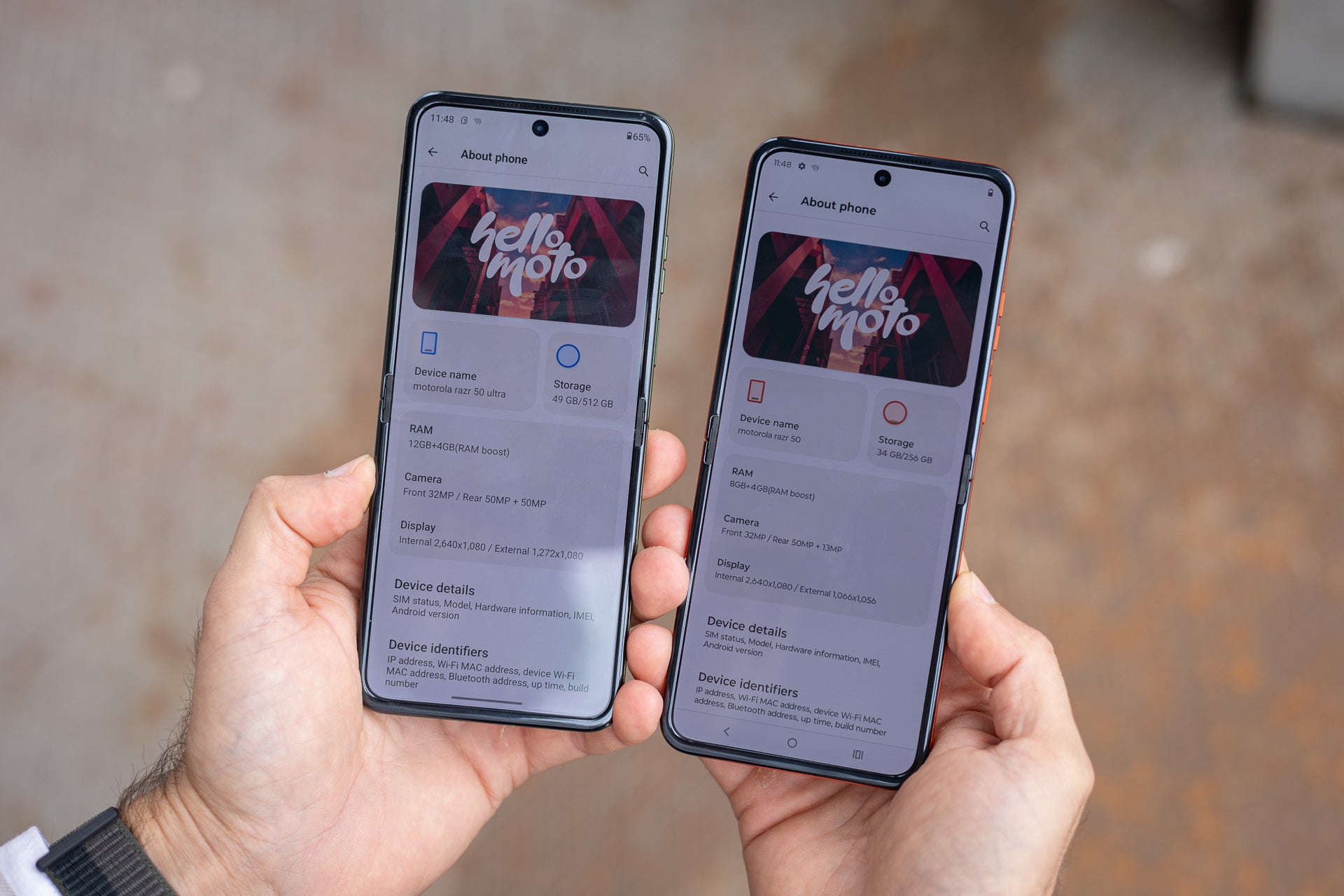
This is where the Razr Plus shows more value thanks to its future proofing. (Image credit PhoneArena)
While Motorola has included Qualcomm's Snapdragon 8s Gen 3 chipset inside the premium Razr Plus (2024), it uses a chip made by a different manufacturer for the regular Razr (2024). The chip is the Dimensity 7300X, which is made by Mediatek.
Even though it is not exactly the best out there, the Snapdragon 8s Gen 3 is still near-flagship level silicon, while the Dimensity 7300X is a mid-range chip.
Performance Benchmarks:
As for memory, Motorola offers both models in 8GB of RAM. The storage situation is similar, with 256GB for both models. But the difference comes when we look at the significantly faster and more power-efficient UFS 4.0 storage vs UFS 2.2 on the regular Razr (2024).
As for software support, we are looking at the 3 years of Android updates and 4 years of security patches for both 2024 Razr foldable phones from Motorola. That means the last Android OS you will get is Android 17, and then another year of security patches.
Camera
New main cameras for both, but different secondary ones
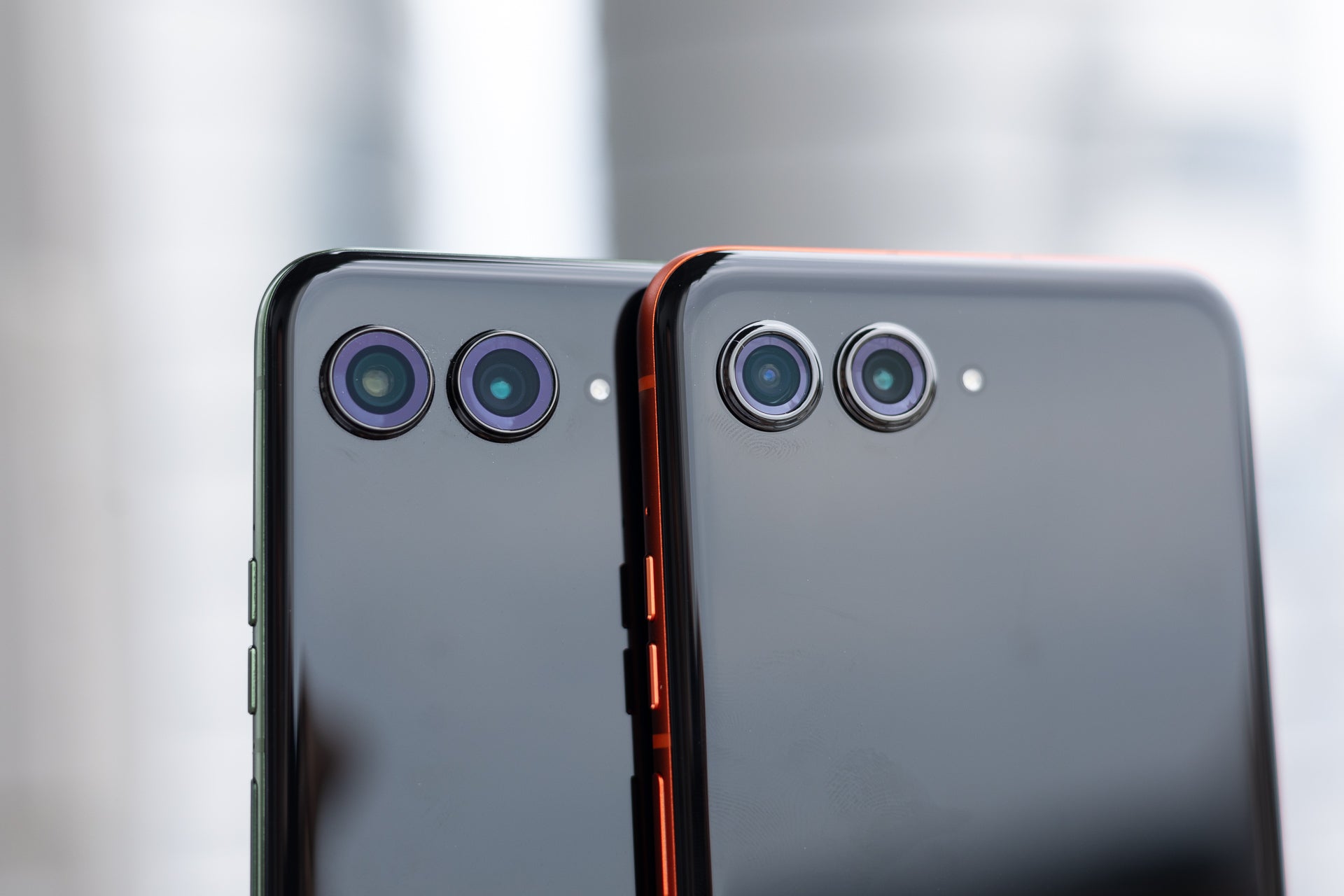
Motorola has made some weird choices that might point some people away from the Plus and towards the cheaper Razr. (Image credit PhoneArena)
While both the 2024 Razr Plus and regular 2024 Razr come with brand new 50MP main cameras (hopefully the same between the two models), they have very different secondary cameras.
Motorola has swapped the 13MP ultra-wide camera on the Razr Plus for a new 50MP telephoto with 2X zoom, while the regular Razr remains with the same 13MP ultra-wide snapper from last year. This could be a deciding factor between the two for some buyers, but we much prefer the Plus' camera system.
The selfie cameras are unchanged from last year, still 32MP, so we don't expect any major differences in image quality from that one.
Battery Life and Charging
You get faster charging speed if you get the Plus
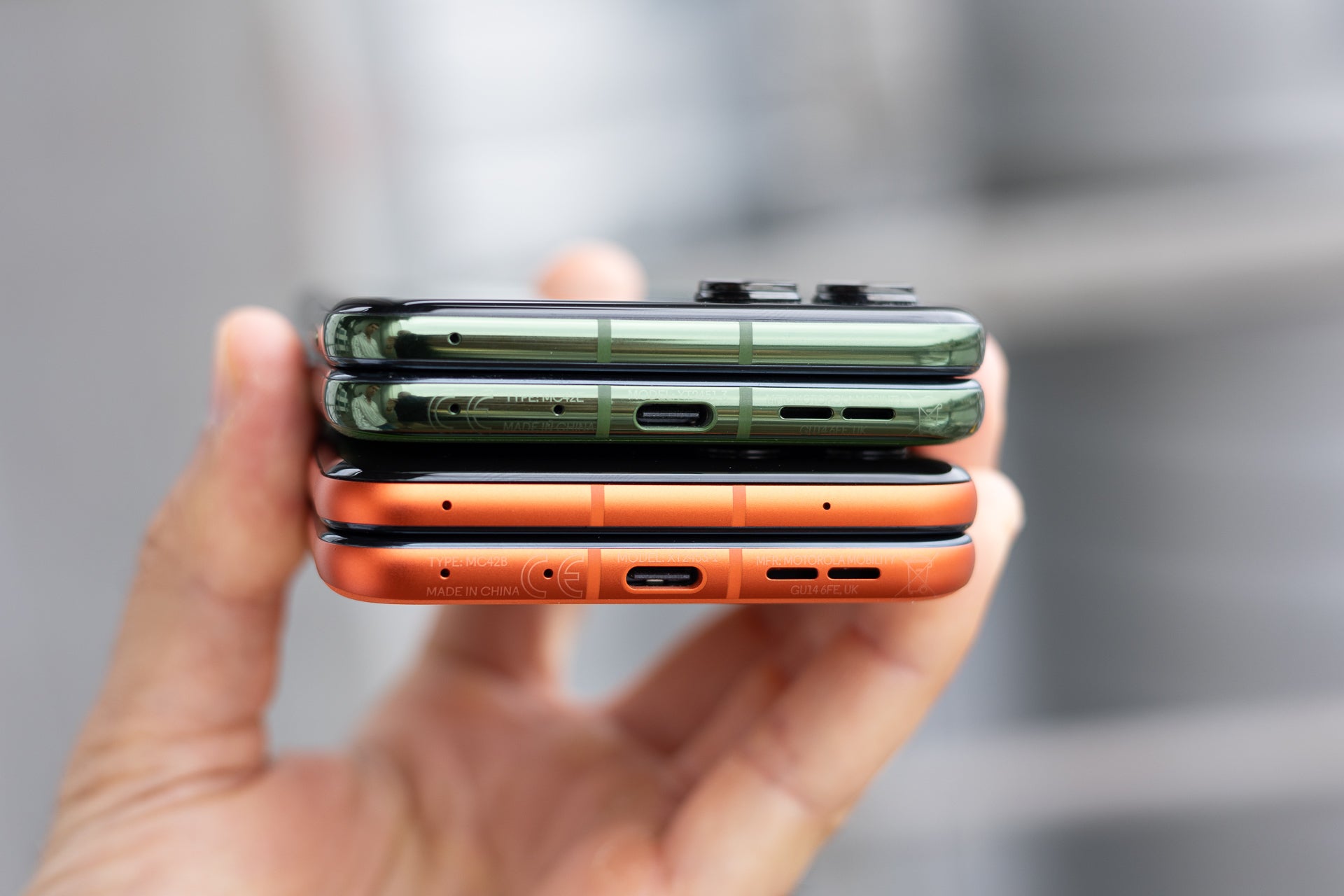
The Razr Plus is an absolute beast when it comes to battery life, especially for a foldable. (Image credit PhoneArena)
The new Razr Plus comes with a 4000 mAh battery, which is more than its predecessor's 3800 mAh one, but not as large as the 4200 mAh battery that the entry-level Razr (2024) has. Come back soon to see how the two compared in our dedicated battery life tests.
PhoneArena Battery Test Results:
Both phones come with upgraded 15W wireless charging, but the Razr Plus has faster 45W wired charging versus the 30W on the non-Plus model.
PhoneArena Charging Test Results:
Another differentiating factor is that the pricier version has 5W reverse-wireless charging whereas the more affordable Razr (2024) does not.
Specs Comparison
Here's a quick overview of the Razr Plus (2024) vs Razr (2024) specs:
| Motorola Razr Plus (2024) | Motorola Razr (2024) | |
|---|---|---|
| Size, weight | Open: 6.73 x 2.91 x 0.28 inches (171 x 74 x 7.1 mm), around 6.53 oz (188 g) | Open: 6.72 x 2.91 x 0.29 (170.8 x 74 x 7.3 mm), around 6.67 oz (188 g) |
| Screen | Inner display: 6.9" OLED, 165Hz, 3000 nits peak brightness Cover display: 4", 165Hz, 2400 nits peak brightness | Inner display: 6.9" OLED, 120Hz, 3000 nits peak brightness Cover display: 3.6", 90Hz, 1700 nits peak brightness |
| Processor | Qualcomm Snapdragon 8s Gen 3 (4nm) | Mediatek Dimensity 7300X (4 nm) |
| RAM, Storage | 8/256GB UFS 4.0 storage | 8/256GB UFS 2.2 storage |
| Cameras | 50MP main 50MP 2X telephoto 32MP front | 50MP main 13MP ultra 32MP front |
| Battery | 4000 mAh | 4200 mAh |
| Charging | USB-C 45W wired 15W wireless 5W reverse-wireless | USB-C 30W wired 15W wireless No reverse-wireless |
Summary

There are clear benefits that come with the pricier model, but both are great in their own price segment. (Image credit PhoneArena)
You get a lot of extra goodies if you pay $300 more for the Razr Plus flagship. That includes the 2X telephoto camera, a more powerful processor, faster charging, larger cover display, and more.
That being said, much more than last year, the regular Razr seems to be less separated than its high-end counterpart. A big reason to buy a foldable phone is that you can use it while it is closed, and this year there is a less stark difference in the cover display size.
If you don't need the extra horsepower you might not have to pay $999 for the Plus, especially if there is little to no difference between the image quality coming from the main cameras.


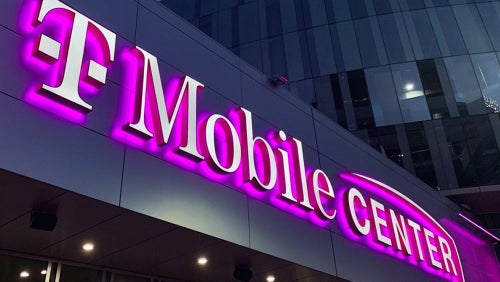


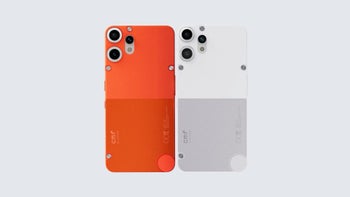
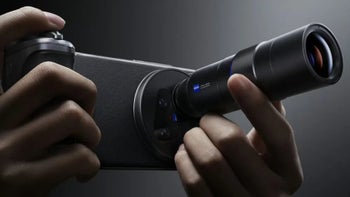
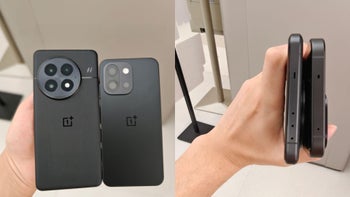

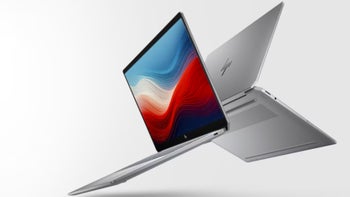






Things that are NOT allowed: